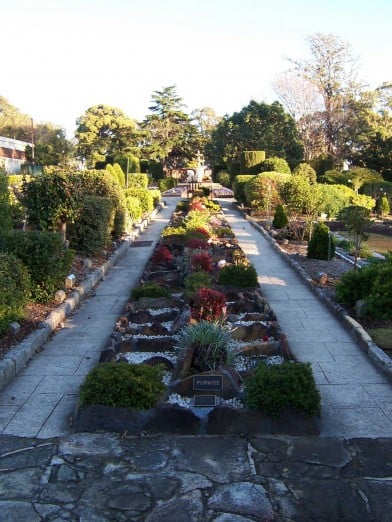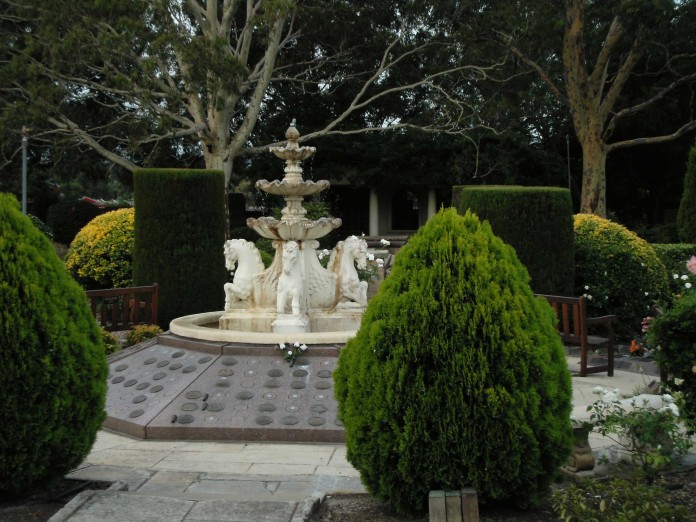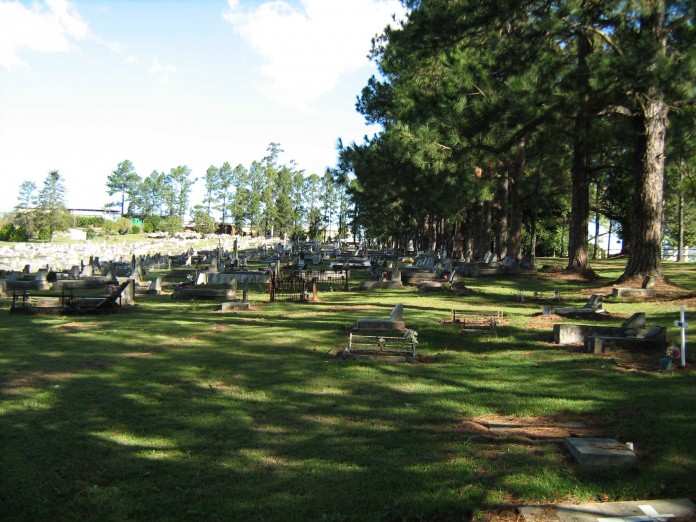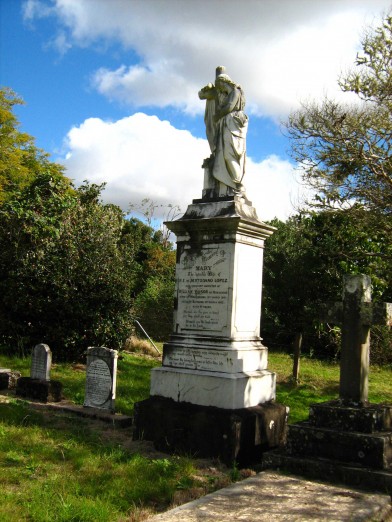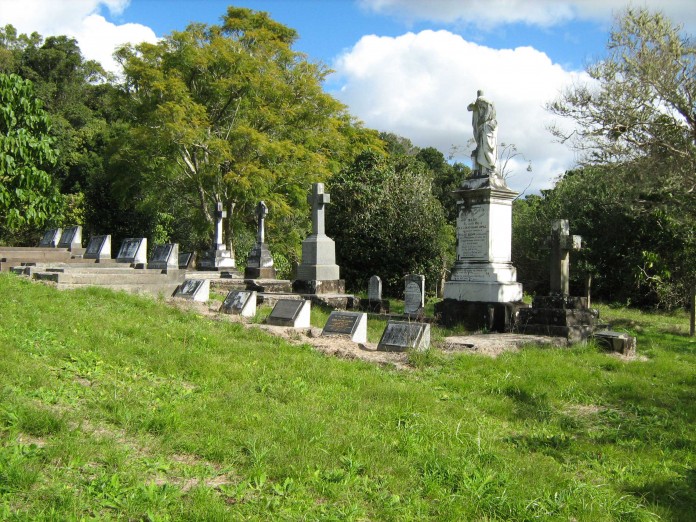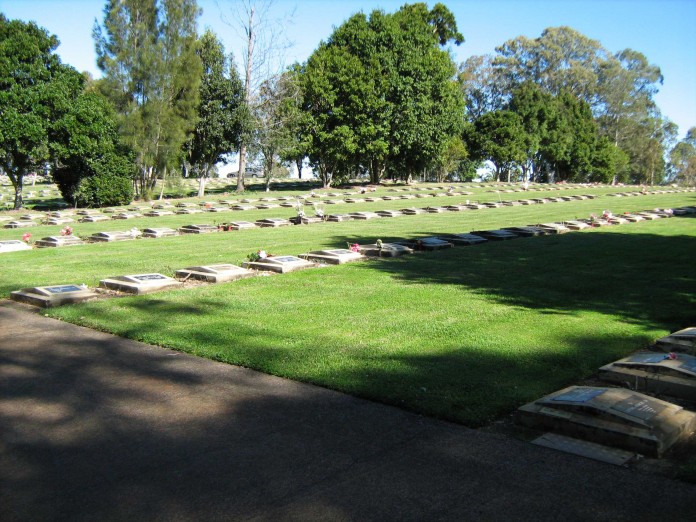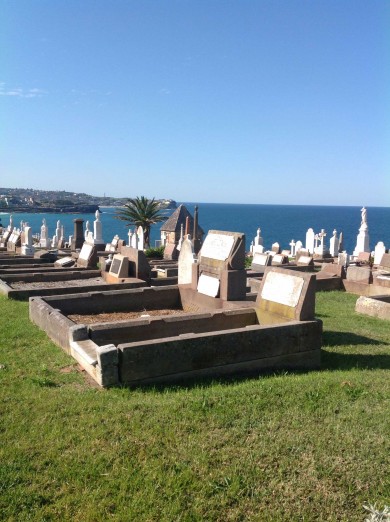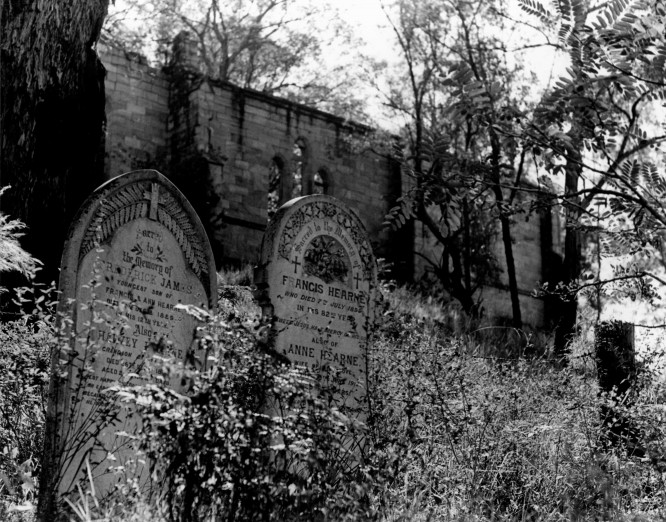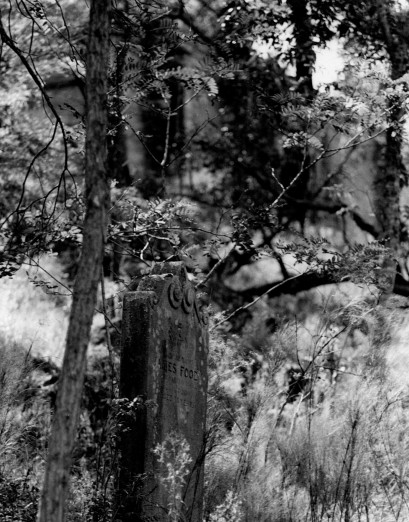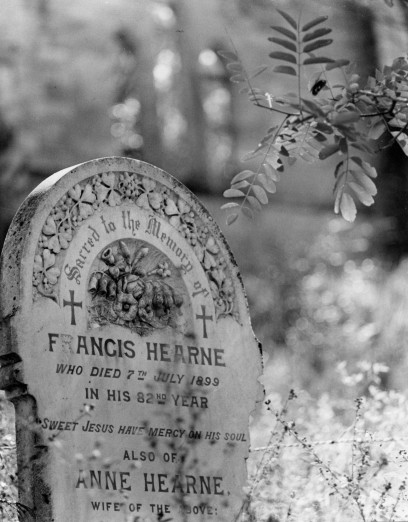Cemeteries are an important part of Australia’s past. The monuments of our ancestors provide a history of the nation’s growth and a valuable insight into its development.
Cemeteries may be the only place where a person’s life is recorded. Many cemeteries are examples of formal garden design with landscape elements seldom seen outside public gardens. Unusual examples of art and craft are also found in the design of many monuments which portray views of death often quite different from current customs. Recent sections of old cemeteries and even burial grounds with no ‘old’ monuments also provide valuable social documents of history and changes in taste, custom and design.
All cemeteries have social and historic value and potential cultural significance. A cemetery is generally considered to be of cultural significance if it has historic, social, artistic, religious, genealogical, creative/ technological, landscape, botanical or representative significance. Some cemeteries are significant to the nation at large, some to a religious or ethnic group or a region, some mainly to a single family. Conservation of cemeteries means retaining this significance.

